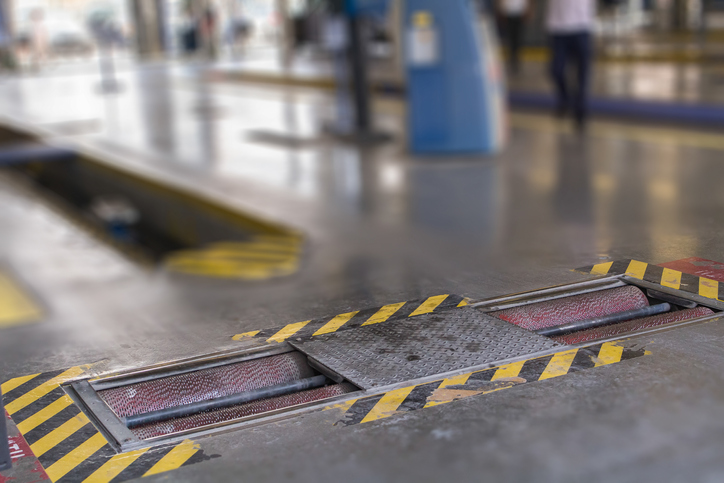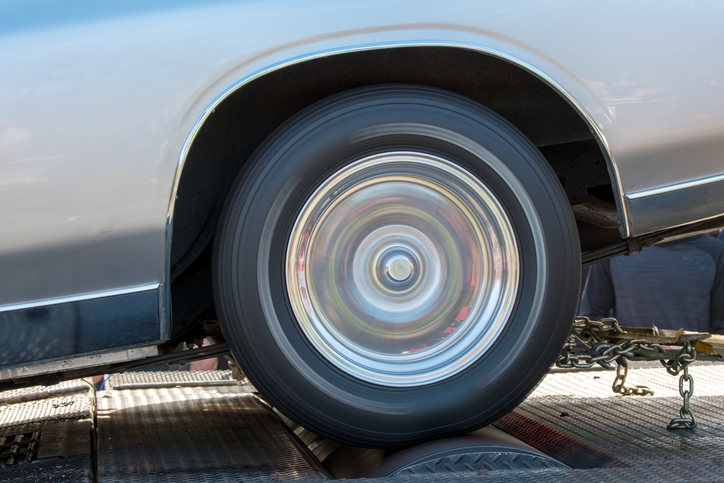An Introduction to Brake Testers for Students Interested in Online Auto Mechanic Training

With brake testers, you might just be able to save a vehicle from catastrophe. A brake tester is used by automotive facilities to examine the condition of a stationary car’s brake system. This assessment minimizes the dangers that can come from a car having faulty brakes, in addition to evaluating its overall performance.
Brake tests are among the most critical components of vehicle inspection. By better understanding how brake testers function, you can help fix clients’ brake problems, and do so using a system that is highly efficient and technologically advanced. Here’s a rundown of how brake testers work.
The Basics of Brake Testers Explained for Auto Mechanic Training Students
In a brake test, the vehicle goes onto the tester with its wheels placed between the two bigger main rollers. The details about the vehicle are then entered, activating the rollers automatically and rotating at a certain speed. Following this, the brakes are applied, providing force onto the motor.
While the vehicle is static and being tested by the rollers operating, its maximum braking force is measured by the brake tester’s mechanism. The car’s braking efficiency is calculated by the tester’s automated weighing system.

Those interested in automotive careers should note that the application of the brakes induces a load to activate the roller bed’s transducer. The forces involved in this are what measure imbalances between the brakes on the left and right-hand side, as well as the wheels’ braking forces for individual axles. These testing systems also evaluate the car’s fluctuation, so that the safe balance of both the near and off-side wheels’ braking force can be examined.
The Mechanics Behind Brake Testers
Brake testing systems typically consist of two pairs of rollers, which move the wheels on the car’s axle, which in turn are driven at a particular speed through a motor arrangement and a gearbox. The testers have weighing cells on each side. A third roller is also present between the driving rollers, which detects the presence of a vehicle in the tester, ensures the rollers are moving correctly, and also keeps track of any slippage with the tires.
Students in auto mechanic training might also be interested to learn that the brake tester contains a gritted surface to simulate road surfaces and maximize the protection of the tires. Brake testing systems can also sometimes feature an integrated weighing system, as this sees the braking efficiencies calculated automatically.

There are typically three types of brake testers: roller brake testers (which we’ve already described in detail), decelerometers, and plate brake testers. Decelerometers record and measure the vehicle’s force as it’s decelerating to a stop from a particular speed, all while the decelerometer is tied to the car’s passenger seat.
Plate brake testers are longer in structure and placed in a stationary position, so the car can be driven onto them. The wheels on the skid plates are then tested, with the brakes being applied as the car is in motion. Unlike roller brake testers, the vehicle needs to be moving in order to be tested.
Want to start your automotive service technician training?
Contact Automotive Training Centres for more information!

